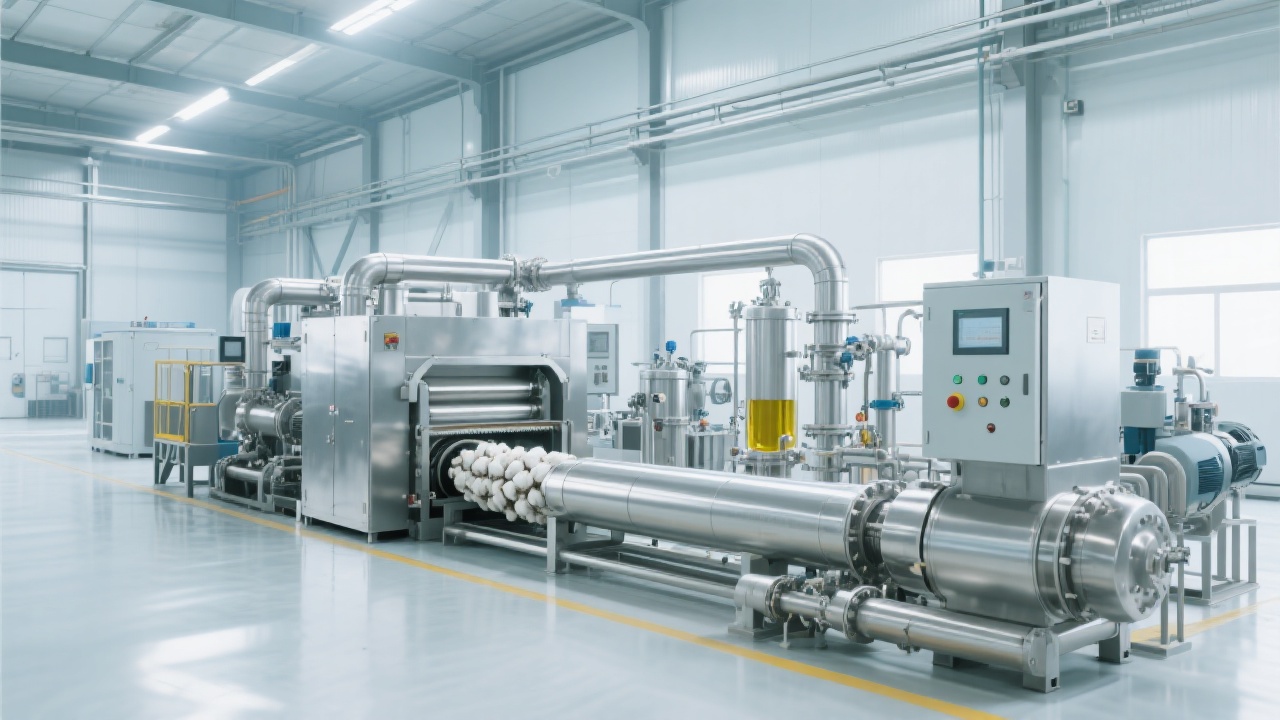
In the competitive world of small-to-medium oilseed processing plants, flexibility and efficiency are not just advantages—they’re survival tools. Many operators struggle with handling multiple oil types like rapeseed, peanuts, sunflower seeds, or cottonseed using fixed-process equipment. That’s where the ZY24 (202-3) continuous screw oil press shines—it supports both one-stage and two-stage pressing modes, allowing you to optimize output based on feedstock and market demands.
| Oil Type | Typical Yield (%) | Recommended Mode |
|---|---|---|
| Peanuts | ≥45% | Two-stage |
| Rapeseed | ≥38% | One-stage |
| Sunflower Seeds | ≥42% | Two-stage |
| Cottonseed | ≥35% | One-stage |
One-stage pressing is ideal for high-oil-content seeds like rapeseed or cottonseed—fast, simple, and energy-efficient. It typically achieves 35–40% yield with minimal setup time and maintenance. For peanut processing, however, two-stage pressing delivers superior results: first press removes about 60% of oil, then a second pass extracts an additional 15–20%, boosting total yield to over 45%.
This dual-mode capability means one machine replaces three single-function presses—saving floor space by up to 40% and reducing capital investment by 25–30%. In practice, this translates into faster ROI and easier scalability when switching between seasonal crops.

“We switched from a single-mode press to the ZY24 (202-3) last year. By adjusting our mode for each oil type—especially peanuts—we increased annual revenue by 15%. More importantly, we now handle four different oils without buying new machines.”
— Mr. Lin, Operations Manager, Vietnam Oil Co.
Whether you're aiming to reduce operational costs, expand your product line, or improve consistency across batches, the ZY24 (202-3) offers a scalable solution rooted in real-world performance data—not just theory.
If you're managing a multi-oil facility or planning to diversify raw materials, understanding how to match pressing mode with feedstock is critical. This isn’t just about outperforming competitors—it’s about future-proofing your plant.

